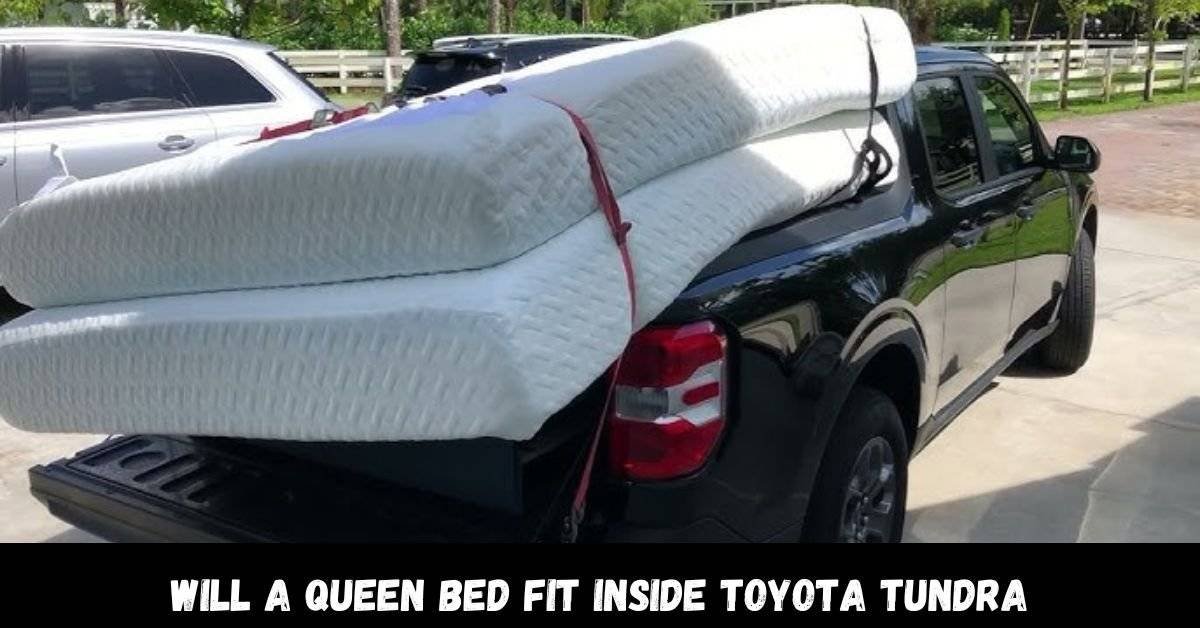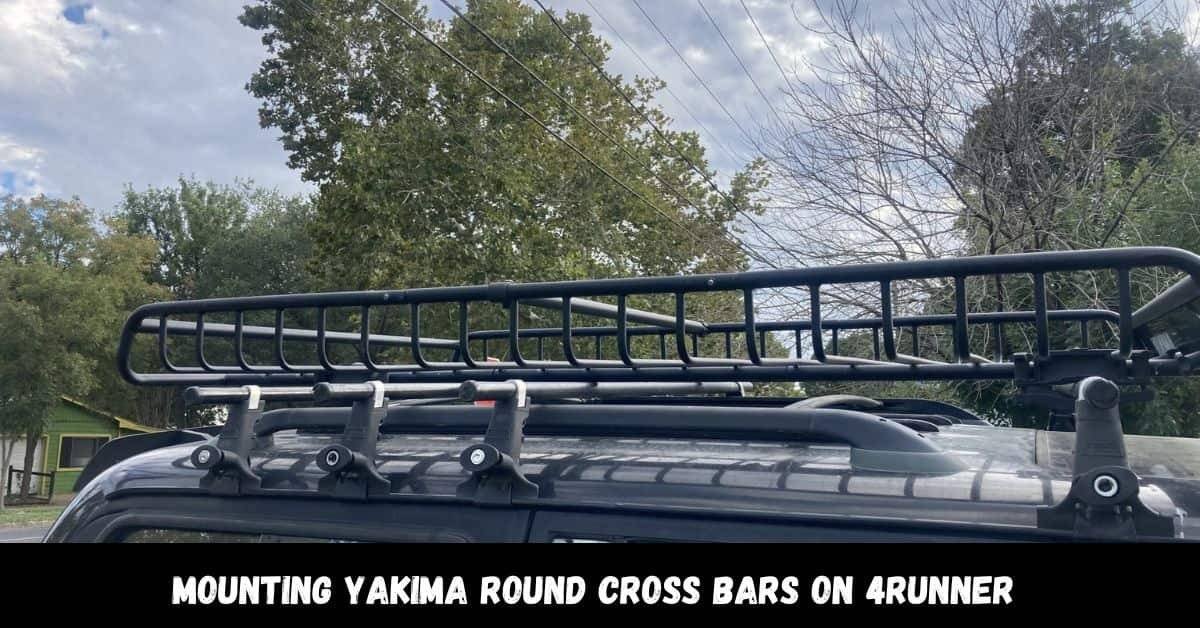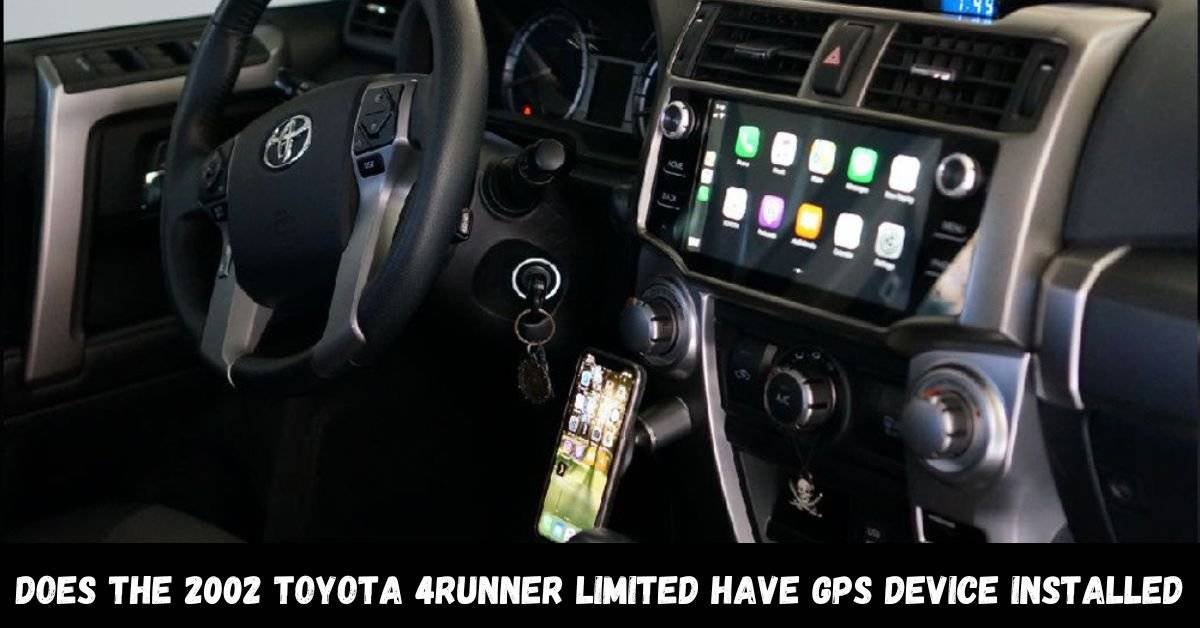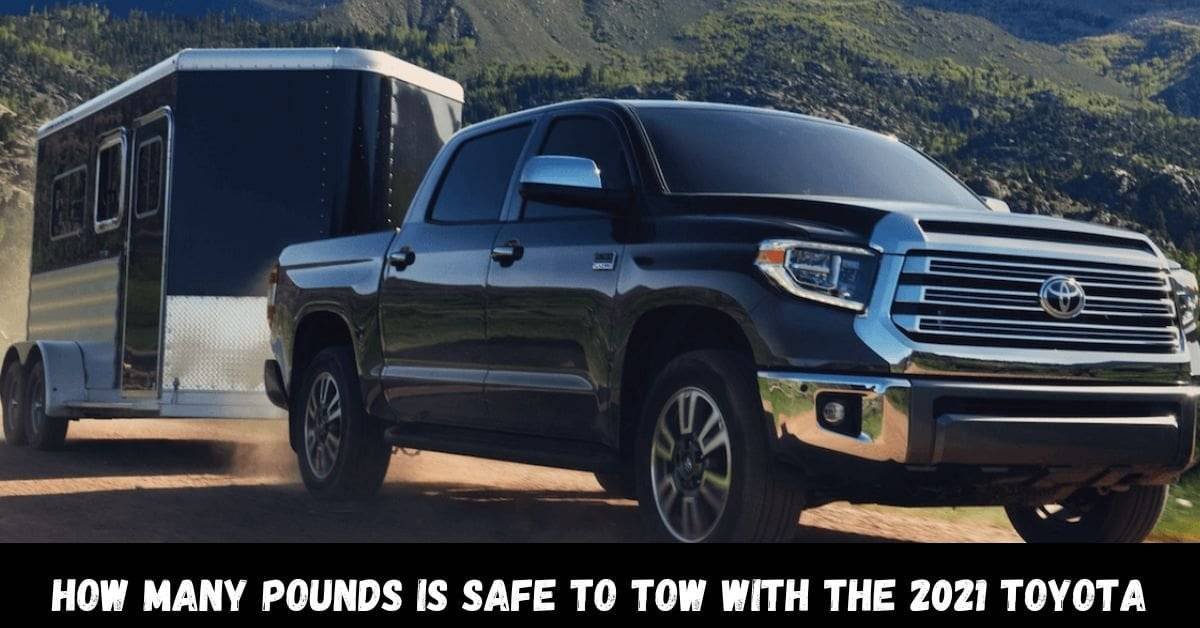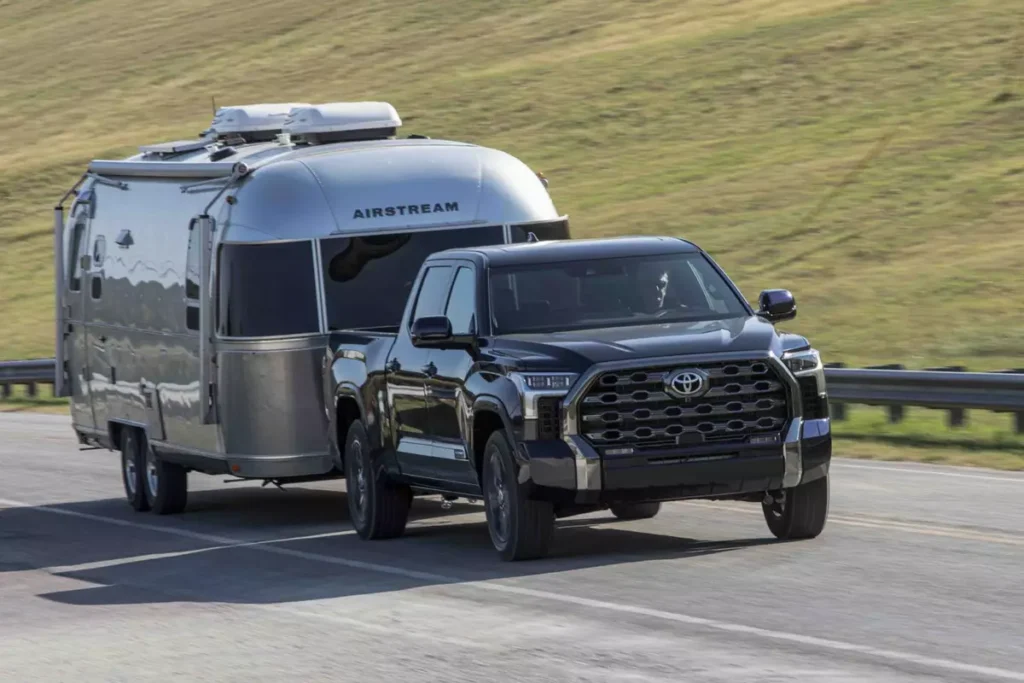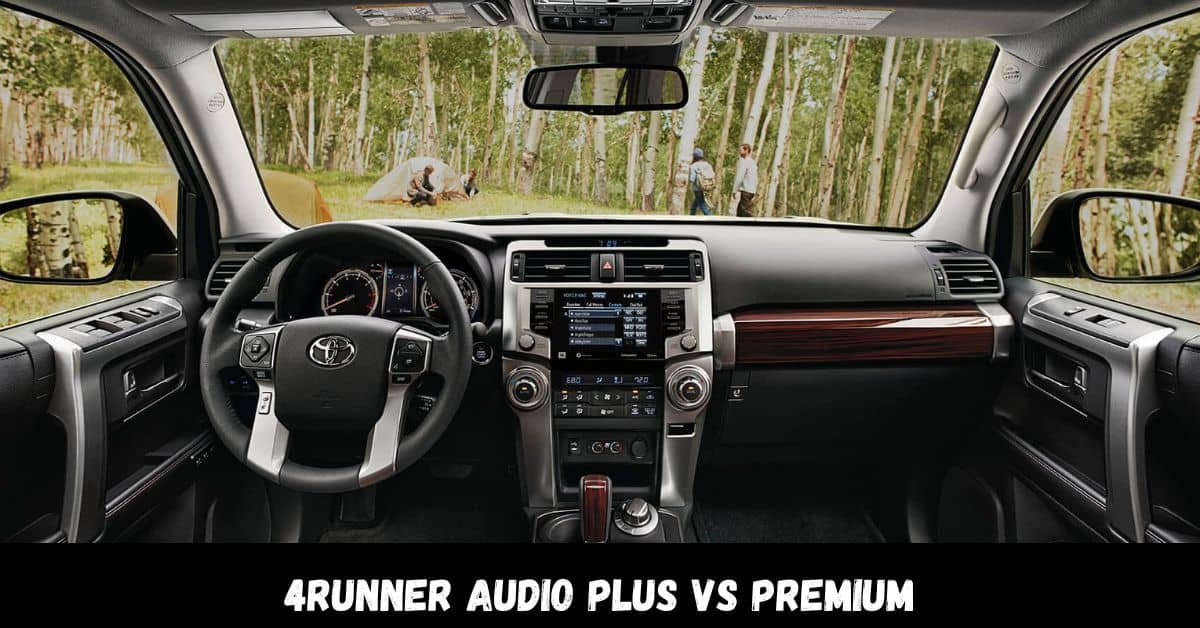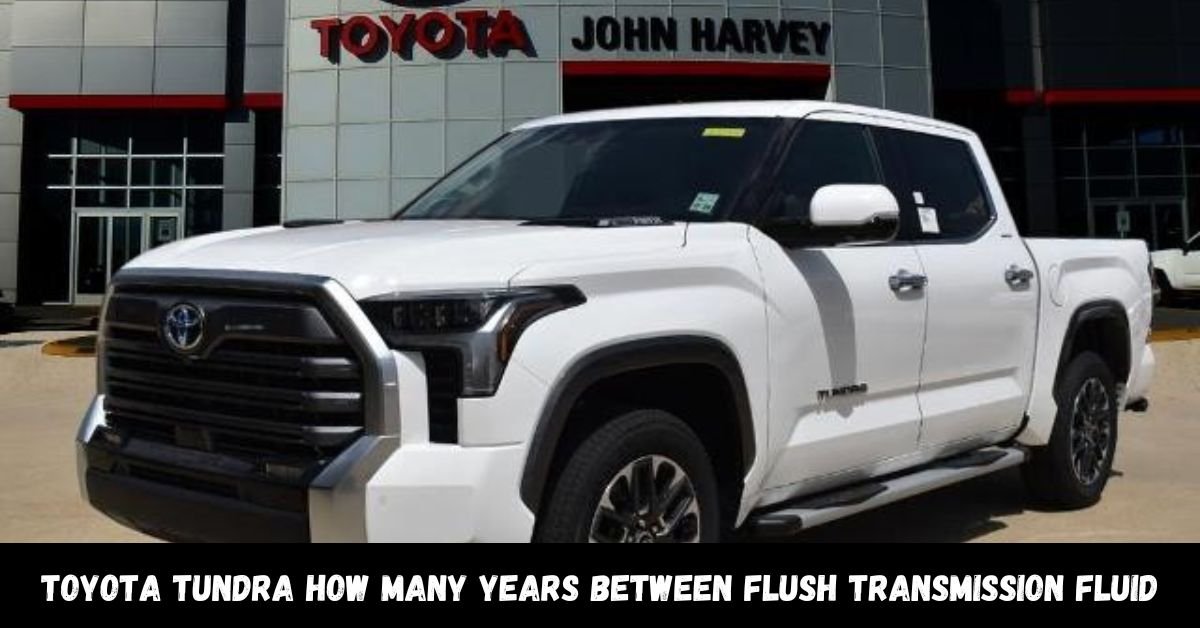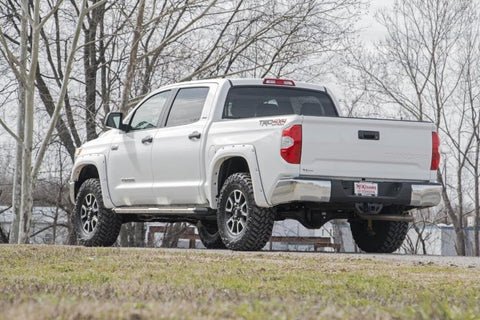A queen bed, which is 60 inches wide and 80 inches long, can fit inside some models of the Toyota Tundra. However, whether it fits easily depends on the size of the truck bed. Toyota Tundras come with three bed size options: 5.5 feet, 6.5 feet, and 8 feet. For the smaller beds, the tailgate will likely need to be left down to accommodate the mattress. For the larger 8-foot bed, a queen mattress should fit perfectly without any overhang.
What Are the Dimensions of a Queen Bed?
Will A Queen Bed Fit Inside Toyota Tundra? A standard queen-size mattress is 60 inches wide by 80 inches long. That’s about 5 feet by 6.6 feet, making it a good size for many couples or individuals who want more space to sleep comfortably. When transporting, these dimensions are important to consider, especially when fitting the mattress into a vehicle or truck bed.
What Size Truck Do I Need to Move a Queen Size Bed?
To comfortably move a queen-size bed, you’ll need a truck with a bed that is at least 6.5 feet long. The queen bed’s length of 80 inches (6.6 feet) can fit in trucks with longer beds. Ideally, a Toyota Tundra with a 6.5-foot bed (Double Cab) or the 8-foot bed (Regular Cab) is suitable for moving a queen mattress without too much hassle. However, for the shorter 5.5-foot bed (CrewMax), you’ll likely need to keep the tailgate down for the mattress to fit.
Bed Size Width of a Toyota Tundra:
The Toyota Tundra’s bed width is around 66 inches. This is just over 5 feet wide, meaning it’s wide enough to accommodate a queen-size mattress, which is 60 inches wide. Whether you’re using a 5.5, 6.5, or 8-foot bed, the width should not be an issue when transporting a queen bed.
How Can I Transport a Full-Size Mattress Without a Truck?
If you don’t have access to a truck, transporting a full-size mattress (which is slightly smaller than a queen) can still be done using a large SUV or even on the roof of a car. You’ll need to use ratchet straps or strong ropes to secure the mattress to the roof. Be sure to drive cautiously, and avoid highways if possible to reduce the risk of the mattress shifting or getting damaged during the journey.
How Do I Get a Full-Size Mattress to Fit in a Car?
It can be difficult to fit a full-size mattress into a car, especially smaller cars. However, if you have an SUV, van, or a hatchback with foldable rear seats, it might work. First, fold down the back seats as flat as possible. Place the mattress inside at an angle, and if necessary, leave the rear hatch or trunk slightly open to make it fit. Be sure to secure the mattress to prevent it from sliding out during the trip.
What Is the Best Way to Strap a Mattress to a Car Roof?
Strapping a mattress to the roof of your car is possible, but it must be done safely. First, use a roof rack if available. Lay the mattress flat on the roof, and use ratchet straps or rope to secure the mattress in several places, including the front, middle, and back. The straps should be tight enough to prevent the mattress from moving. Tie the ends of the mattress to the car for extra security, and avoid driving at high speeds to reduce the risk of wind lifting the mattress.
Will a Full-Size Mattress Fit Into a Full-Size Pickup Truck Bed?
Yes, a full-size mattress, which measures 54 inches wide by 75 inches long, should fit comfortably into most full-size pickup truck beds. In a Toyota Tundra, especially one with a 6.5-foot or 8-foot bed, the mattress can fit without needing to leave the tailgate down. The width of the truck bed also accommodates the full-size mattress with room to spare.

Will a King Headboard Fit Into a Toyota Rav4?
A king-size headboard, which can be 76 inches wide or more, may be difficult to fit into a Toyota RAV4 without disassembly. If the headboard is detachable or collapsible, you can remove parts to fit it into the RAV4 by folding down the back seats. If not, securing it to the roof using roof racks and strong straps would be the next option, making sure to avoid scratches or damage to both the car and headboard.
What’s the Best Way to Transport a King-Sized Bed?
A king-sized bed, with dimensions of about 76 inches wide and 80 inches long, requires a larger truck or van. The Toyota Tundra with an 8-foot bed would be ideal for transporting the mattress flat without having to leave the tailgate down. If using a shorter bed truck, the tailgate may need to be left open, and the mattress should be well-secured to avoid it moving during transit.
Which Toyota Tundra Models Have Different Bed Sizes?
- CrewMax: 5.5-foot bed.
- Double Cab: 6.5-foot bed.
- Regular Cab (older models): 8-foot bed. These different bed sizes determine how easily you can transport large items, like mattresses or furniture. The 8-foot bed is best for carrying large items like a queen or king mattress without leaving the tailgate down.
What Tips Should You Follow for Transporting a Queen Bed Safely?
- Use strong ratchet straps to secure the mattress.
- Position the mattress flat or at an angle, depending on the truck or vehicle.
- If the mattress hangs off the truck bed, leave the tailgate down and secure the mattress in multiple places.
- Avoid high speeds, especially on highways, as wind can lift the mattress if it’s not secured tightly.
Which Toyota Tundra Bed Size Is Best for Moving Large Items Like a Queen Bed?
The 8-foot bed Toyota Tundra is the best option for moving large items like a queen bed. The length of the bed allows the mattress to lie flat, reducing the need for any overhang or tailgate adjustments. For smaller beds (5.5-foot or 6.5-foot), you may need to leave the tailgate down and secure the mattress properly to avoid it shifting during transit.
Why Might You Need to Transport a Queen Bed in a Toyota Tundra?
- Moving to a new house.
- Helping a friend or family member move.
- Buying a new mattress from a store and need to bring it home. The Tundra is great for this because it’s a full-size truck with enough space for large items, making it easier to handle such tasks.
When Is It Necessary to Leave the Tailgate Down for a Queen Bed?
If your Toyota Tundra has a 5.5-foot or 6.5-foot bed, you’ll need to leave the tailgate down for a queen mattress, as it measures 80 inches long. In these cases, you’ll have to strap the mattress securely to ensure it doesn’t move or fall out while driving. The 8-foot bed version of the Tundra can fit a queen mattress without requiring the tailgate to be lowered.
Could I Fit a Queen Mattress in the Bed of My Truck Vertically?
Yes, you could fit a queen mattress vertically in the bed of your truck, but this method may expose the mattress to wind and weather conditions. If you choose to do this, make sure to strap the mattress securely in multiple places to avoid it falling out or shifting while you’re driving.
Will a Full-Size Mattress (and Box Spring) Fit in the Back?
Yes, both a full-size mattress and its box spring should fit in the back of a Toyota Tundra, especially if you have a 6.5-foot or 8-foot bed. A full-size mattress is 54 inches wide and 75 inches long, so even with a slightly smaller bed, you can transport these items with the tailgate down.
What Is the Largest Item You Can Ever Carry in a Toyota Tundra?
The largest item you can carry in a Toyota Tundra depends on the bed size. For a truck with an 8-foot bed, large items like furniture, mattresses, and even construction materials can fit comfortably. The width of the bed (about 66 inches) allows for carrying wide objects, while the length of the 8-foot bed accommodates longer items like large sofas, refrigerators, or even building supplies like plywood sheets.
Frequently Asked Questions:
Can I fit a queen bed frame inside a Toyota Tundra?
Yes, most queen bed frames can fit inside a Toyota Tundra, especially if the frame is disassembled. If the frame is not taken apart, it may still fit depending on its size and the truck’s bed length.
How do I protect a mattress during transport in a truck?
You can protect your mattress by using a mattress cover or plastic wrap. Make sure to secure the mattress tightly to avoid dirt or weather damage during transport.
Can a Toyota Tundra with a tonneau cover fit a queen mattress?
If the tonneau cover is installed, a queen mattress will not fit under it. However, you can remove or roll up the cover to fit the mattress in the truck bed.
Can I transport other furniture along with a queen bed in a Toyota Tundra?
Yes, depending on the truck bed size, you can transport other furniture along with the queen bed. It’s best to arrange items carefully and secure them properly to maximize space.
How much weight can a Toyota Tundra truck bed hold when moving a queen bed?
The Toyota Tundra has a payload capacity between 1,400 to 1,730 pounds, which means it can easily handle a queen bed and additional items like a bed frame or box spring without exceeding the limit.
Conclusion:
A queen bed can fit inside a Toyota Tundra, especially if you have the right bed size or leave the tailgate down. With proper planning, securing the mattress, and possibly removing accessories like tonneau covers, transporting a queen bed in a Tundra is manageable. Always measure and secure the load for a safe and smooth move.
